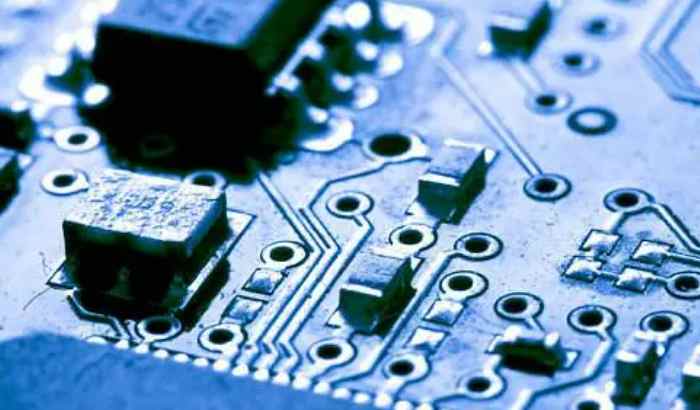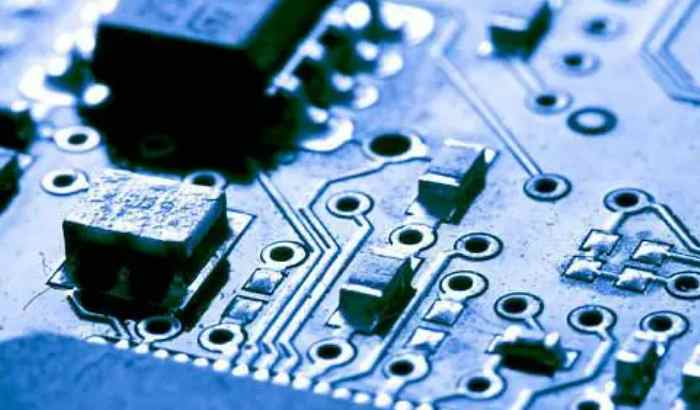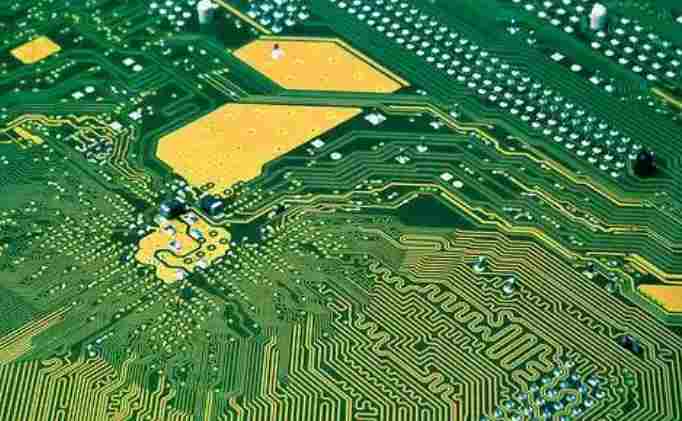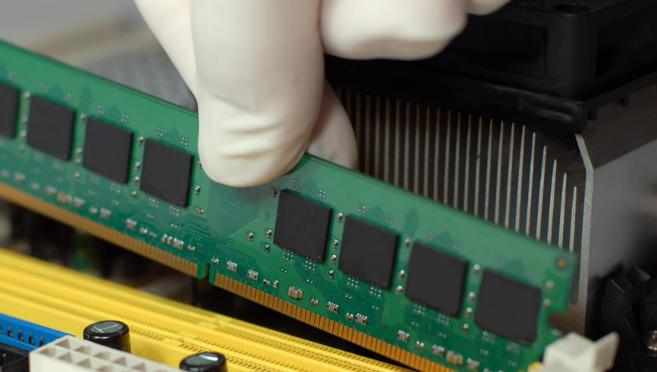
For pcb manufacturers, electromagnetic compatibility design is absolutely a focus of the circuit board design process, this article from two aspects and you talk about how to improve electromagnetic compatibility.
This paper discusses how to reduce the electromagnetic interference caused by conduction coupling and radiation coupling and improve electromagnetic compatibility from the aspects of layer design and layer layout.
First, introduction
Many reliability and stability problems of electronic products are caused by electromagnetic compatibility design. Common problems are signal distortion, signal noise is too large, signal instability in the process of work, the system is easy to crash, the system is vulnerable to environmental interference, anti-interference ability is poor. Electromagnetic compatibility design is a fairly complex technology, design to electromagnetism and other aspects of the knowledge. This paper discusses some experiential techniques from the aspect of layer design and layer layout to provide some references for electronic engineers.
Two, layer number configuration
PCB board layer mainly includes power layer, stratum and signal layer, the number of layers is the sum of the number of each layer. In the design process, the first step is to coordinate and classify all the sources and places, as well as various signals, and deploy and design on the basis of classification. In general, different power sources should be divided into different layers, and different places should have corresponding ground planes. All kinds of special signals, such as clock high and frequency signals, need a separate design layer, and need to increase the ground plane, to shield special signals, in order to improve electromagnetic compatibility. While cost is also a factor to consider, a balance between electromagnetic compatibility and cost should be found during the design process.
The first thing to consider in the design of the power layer is the type and number of power supplies. If there is only one power supply, consider a single power layer. In the case of high power requirements, multiple power layers can also supply power to devices of different layers. If there are multiple power supplies, you can consider designing multiple power layers, and you can also divide different power supplies in the same power layer. The premise of segmentation is that there is no crossover between the power supplies, and if there is, multiple power layers must be designed.
The design of signal layers should take into account the characteristics of all signals. The layering and shielding of special signals are the priority issues. Generally, it is designed with design software first, and then modified according to specific details. Signal density and the integrity of a particular signal must be considered in the design of layers. For special information, it is necessary to design the ground layer as the shield layer.

In general, single-panel or dual-panel designs are not recommended unless purely for cost. Although single-panel and dual-panel processing is simple and low-cost, in the case of relatively high signal density and complex signal structure, such as high-speed digital circuit or analog-digital mixed circuit, the single-panel has no special reference ground layer, which increases the loop area and enhances the radiation. Due to the lack of effective shielding, the anti-jamming ability of the system is also reduced.
3. Layout design of PCB board layer
After determining the signal and layer, the layout of each layer also needs to be scientifically designed. The layout design of the middle layer of PCB board design follows the following principles:
(1) Adjacent the power layer plane to the corresponding ground plane. The purpose of this design is to form a coupling capacitor and interact with the decoupling capacitor on the PCB board to reduce the impedance of the power plane, while obtaining a wide filtering effect.
(2) The selection of the reference layer is very important. Theoretically, both the power layer and the bottom plane can be used as the reference layer, but the ground plane layer can generally be grounded, so the shielding effect is much better than the power layer, so the ground plane is generally preferred as the reference plane.
(3) The key signals of the adjacent two layers cannot cross the segmentation area. Otherwise, a large signal loop will be formed, resulting in strong radiation and coupling.
(4) In order to maintain the integrity of the ground plane, cables should not be routed on the ground plane. If the density of signal lines is too large, cables can be routed on the edge of the power layer.
(5) The ground layer is designed under the high-speed signal, trial signal, high-frequency signal and other key signals, so that the signal loop path is shortest and the radiation is minimum.
(6) In the process of high-speed circuit design, we must consider how to deal with the radiation of the power supply and the interference to the whole system. Generally, the area of the power layer plane should be smaller than the area of the ground plane, so that the ground plane can shield the power. Generally, it is required that the power plane should be indent twice as thick as the ground plane. If you want to reduce the indent of the power layer, it is necessary to make the thickness of the medium as small as possible.







